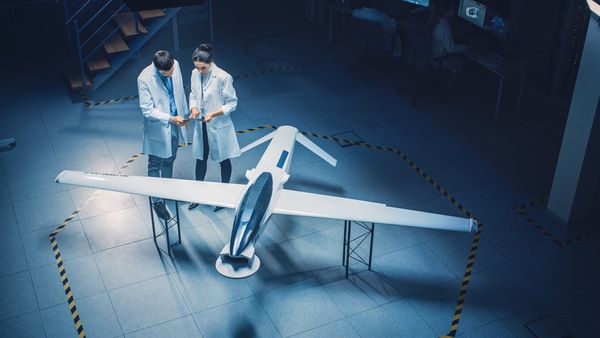
GNC is a critical component of autonomous systems engineering. Even unmanned aerial vehicles can travel to target locations in a GPS denied environment with pinpoint precision thanks to the technological capabilities of GNC and avionics engineering. But, what is GNC and how does it power autonomous piloting? Below, we go into greater detail about the three components of GNC engineering and how it affects avionics systems.
Guidance, Navigation, and Control
GNC engineering and its capabilities are a necessity when it comes to the launch and in-space applications of today and tomorrow. The full scope of these capabilities is highlighted here:
Purpose & Function
Every guidance system consists of an attitude control system and a flight path control system, both of which serve very important purposes. The attitude control system controls the pitch, roll, and yaw to maintain the desired attitude for the aircraft. The flight path control system determines the flight path in real time in response to the environment so the aircraft can arrive to its target accurately and safely.
Sensors
Avionics systems essentially take the place of human pilots in unmanned vehicles. Just like a pilot guides their aircraft to the landing field, autonomous aircraft use sensors to “see” its target. There are many different types of guidance methods, but what they have in common is a means of receiving position reports. Determining which type of sensor to use depends on the aircraft’s maximum operation range, operating conditions, and the kind of information needed.
Accelerometers
The heart of inertial navigation systems is an arrangement of accelerometers that detect changes in vehicular motion to aid in guidance. Simply put, accelerometers are devices that measure acceleration and there are typically three double-integrating accelerometers in autonomous aircraft continuously measuring the distance traveled in three directions: range, altitude, and azimuth. These measured distances are compared with desired distances, which are pre-programmed into the vehicle. When the aircraft is determined to be off course, correction signals are sent to the control system.
Guidance, navigation, and control all involve not just the maintenance of an aircraft’s flight path from its launch point to its destination, but also the proper behavior of the aircraft while following the path. Fortunately, when all these components work together in tandem, then unmanned aerial vehicles can maintain an accurate flight path. Automated systems engineering requires GPS/INS systems that you can trust, and there is no better provider for resilient systems than Applied Systems Engineering, Inc. Contact us today to learn more about how we can engineer solutions for your project.